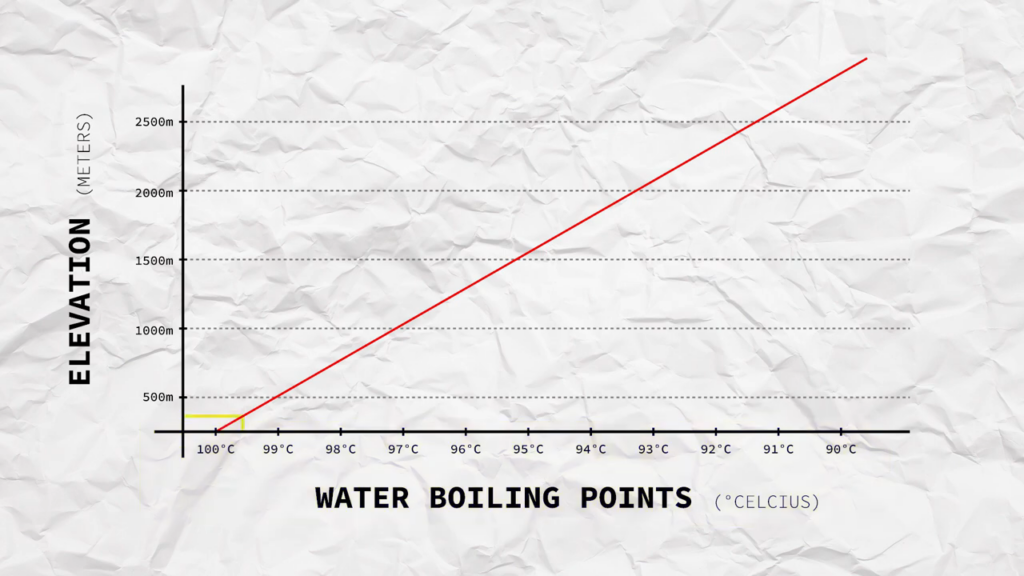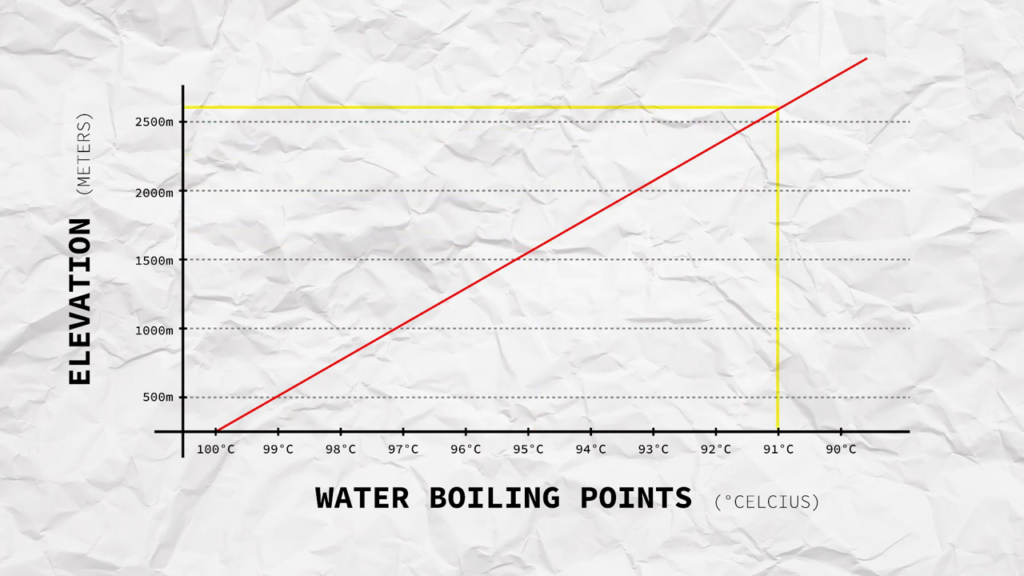Have you ever thought your coffee-making journey could take a turn for the better by tweaking one simple variable? This often-overlooked element is the water temperature you use during brewing. While most coffee recipes tell you to use boiling water or temperatures close to that, there is beauty in exploring lower water temperatures. This tweak can open up a new world of flavors in your cup.
Standard Recommendations
Many coffee guides and recipes emphasize using boiling or near-boiling water. This advice is rooted in tradition and has been widely accepted for consistency’s sake. After all, who doesn’t love a piping hot cup of coffee?
Personal Coffee Journey

In my coffee exploration, I found that boiling water isn’t always the golden ticket to the best-tasting coffee. Playing around with lower brewing temperatures has led me to brewed cups that are richer and more complex. It’s about breaking free from old habits and experimenting a bit.
Why This Matters
The goal here is to rethink your brewing temperature as a critical factor in your coffee recipe. It’s time to use this variable to its full potential. We’ll look at factors like elevation, acidity, and AeroPress competition recipes to see how they affect your final brew.
Elevation and Water Temperature
Let’s bring back some high school science. Water boiling points change based on elevation. The higher you go, the lower the boiling point. As elevation increases, the air pressure decreases, lowering the boiling point of water. Here’s a handy chart showing this relationship.
How Elevation Affects Your Brew
For instance, in Toronto, where we’re close to sea level, water boils at 100°C (212°F). Meanwhile, in a city like Cusco, Peru, which is 2,500 meters (8,202 feet) above sea level, water boils at about 91°C (196°F). That’s a significant difference!
Toronto Elevation and water temp

Peru Elevation and water temp

Understanding your elevation can help you better control your brewing temperature. Check out this elevation finder that helps you find your local elevation and then use this chart to find the corresponding boiling point.
Implications for Coffee Beans
The elevation of the farm where your coffee beans are grown also plays a role. For example, Ethiopian beans from a farm at 2,100 meters (6,890 feet) above sea level will have a lower boiling point than beans grown closer to sea level. This should be a consideration when brewing. Should you try mimicking the home elevation of your beans with your brewing temperature? Certainly worth an experiment!
Misconceptions About Acidity
Many believe that cold brew coffee is less acidic than hot brew coffee. But wait! That’s an assumption worth busting.
The Acidity Study
A study found that the pH of coffee, whether brewed hot or cold, ranges between 4.85 to 5.13. The key takeaway is that lowering the extraction temperature doesn’t change the pH level but affects the titratable acidity. Hot brews have higher titratable acidity, meaning more extracted acids.

Instead of saying cold brew is less acidic, let’s say it has a weaker acidity. For those interested, here is the research paper.
Specialty Coffee and Other Qualities
Specialty coffee often emphasizes acidity and its nuances, but that’s just one aspect. There are other qualities like sweetness, bitterness, flavor, body, and viscosity to explore. By lowering the water temperature, you might reduce acidity and highlight other tempting attributes of your coffee.
Balance and Bitterness
There’s the notion that higher temperatures lead to more bitterness. This isn’t always true. I’ve had boiling water brews with zero bitterness. The secret? Balance. Adjust other variables in your recipe to achieve the perfect cup without those unwanted bitter notes.
AeroPress Competitions
AeroPress competitions are an excellent example of how lower water temperatures can work wonders. During these competitions, brewers often use cooler water and experiment with meticulous variations.
Winning Recipes
Looking at past AeroPress competition winners, you’ll see many use water at around 92°C (198°F) or even lower. A notable mention goes to the 2011 winner who brewed with water at 75°C (167°F). It’s inspiring to see how tweaking a single variable can lead to award-winning coffee.


Cooling Coffee in Competitions
Competitors sometimes cool their coffee to specific temperatures during the competition. This tactic can significantly affect the flavor profile of the brew. You might have noticed your own coffee tasting different when it cools. This is why understanding and controlling brewing temperature can be so crucial.
Final Takeaways
There isn’t a one-size-fits-all perfect brewing temperature for your coffee. Those who stick to the tradition of boiling water may not have experimented with this critical variable. I encourage you to play around with lower temperatures and see the results for yourself.
If you try brewing with cooler water temperatures, share your experiences in the comments below. We’d love to hear how it turned out!
